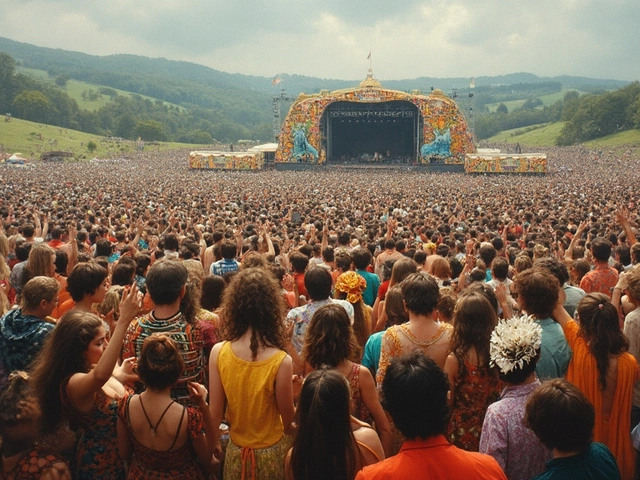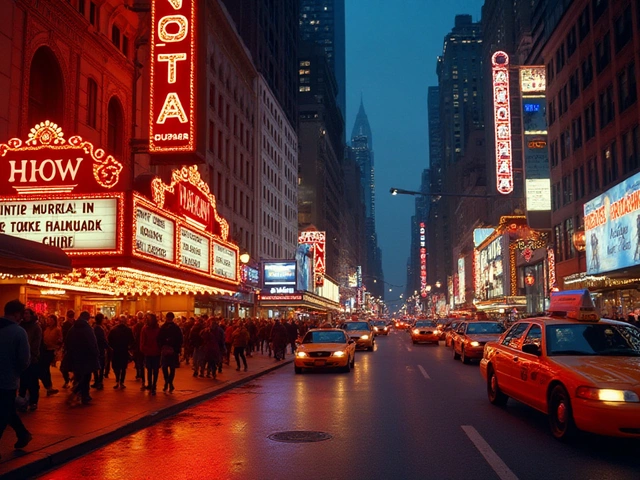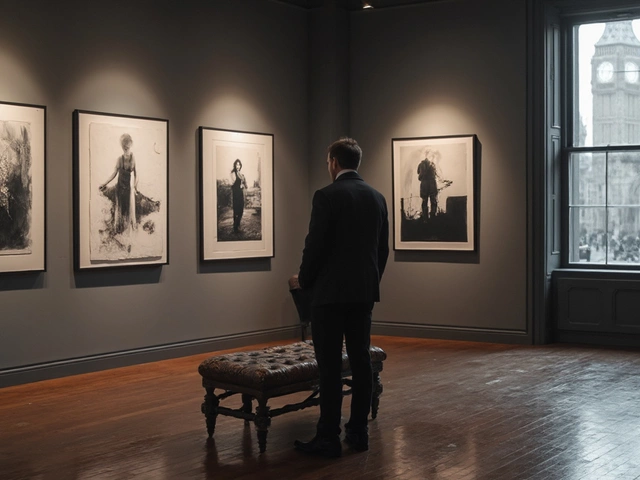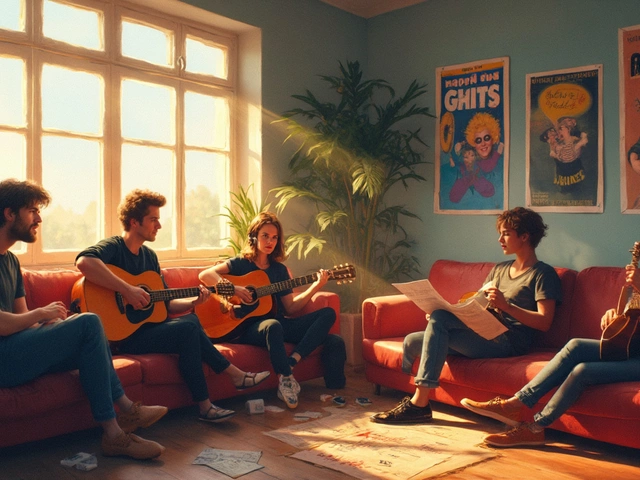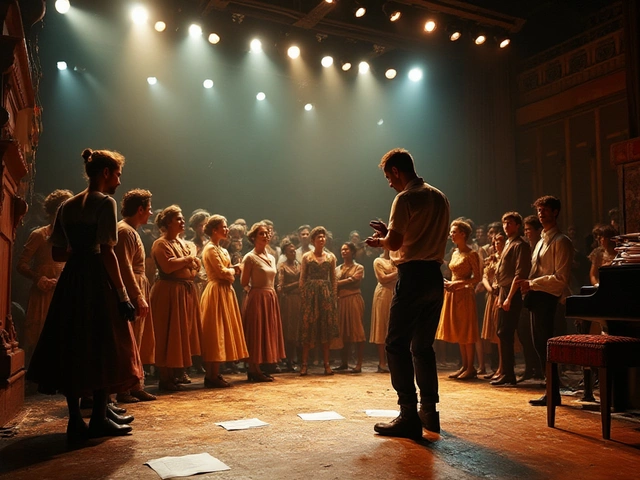Group Exhibition: How Multiple Artists Create Impactful Shows
When planning a group exhibition, a curated event that features works from several artists displayed together in a single venue. Also known as a art exhibition, it often stems from an artist collective that shares a common theme or goal. The success of such an event depends heavily on the chosen gallery space, which provides the physical context for the audience to engage with the works. A well‑executed group exhibition brings together diverse voices, sparks dialogue, and can boost each participant’s visibility.
Key Elements That Make a Group Exhibition Work
First, clear objectives shape the whole process. Whether you aim to spotlight emerging talent, explore a social issue, or celebrate a regional style, defining purpose guides everything from artist selection to marketing. Second, curation is the glue that holds the show together – a thoughtful curated show aligns individual pieces into a coherent narrative. Third, logistics matter: securing a suitable gallery space, arranging transport, handling insurance, and setting up lighting all affect how the artwork is perceived. Finally, promotion connects the event to its audience; social media teasers, press releases, and opening‑night talks build excitement and drive attendance.
When an artist collective initiates a group exhibition, it often brings a shared vision that simplifies decision‑making. The collective can pool resources, share costs, and tap into each member’s network, which speeds up venue booking and promotional outreach. This collaborative model also encourages cross‑pollination of ideas, resulting in richer, more varied displays that appeal to a broader public.
The chosen gallery space influences almost every artistic choice. A white‑wall gallery might push minimalist installations, while a historic building could inspire site‑specific works that converse with the architecture. Understanding the venue’s size, lighting capabilities, and foot traffic patterns helps curators design a layout that guides visitors smoothly from piece to piece, enhancing the overall experience.
A curated show often benefits from thematic anchors – a single concept, material, or colour palette that threads through the varied works. These anchors create visual and intellectual links, making it easier for visitors to grasp the exhibition’s story. For example, a group exhibition on coastal heritage might feature paintings, photographs, and sculptures all reflecting water’s movement, tying the disparate media together.
Practical planning steps include drafting a timeline, setting a budget, and assigning roles. Allocate time for artist outreach, contract negotiations, and installation rehearsals. Secure funding early, whether through grants, sponsorships, or crowd‑funding, to avoid last‑minute gaps. Clear contracts protect both artists and the venue, outlining responsibilities like insurance coverage and deinstallation procedures.
Promotion today leans heavily on digital tools. Creating a dedicated event page, sharing behind‑the‑scenes videos, and encouraging artists to post teasers can generate buzz. Email newsletters and local press outreach still matter, especially for community‑focused exhibitions. Offering virtual tours or livestreamed artist talks expands reach beyond the physical gallery, inviting remote audiences to engage with the work.
After the doors close, evaluation rounds out the process. Collect visitor feedback, track attendance numbers, and measure media coverage to assess impact. Artists can reflect on sales or new connections made, while curators note which thematic approaches resonated most. This data informs future group exhibitions, helping organizers refine their strategies and grow their audience base.
Below you’ll find a hand‑picked collection of articles that dive deeper into each of these aspects—from mastering digital promotion to navigating artist contracts. Use them as a toolbox for planning your own successful group exhibition and exploring the vibrant art scene in Pembrokeshire and beyond.
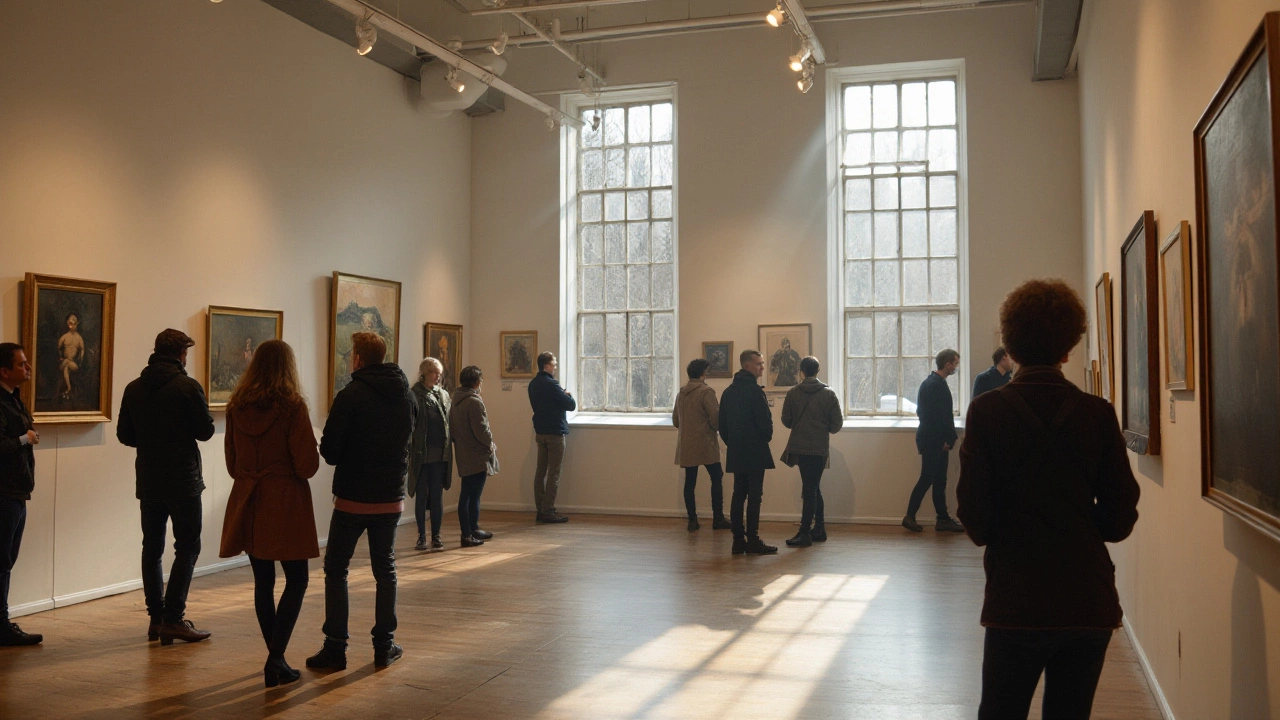
Art exhibitions play a critical role in showcasing artistic talent and connecting artists with audiences. They can generally be categorized into two main types: solo exhibitions and group exhibitions. Solo exhibitions focus on the work of a single artist, offering a deeper exploration of their style and thematic concerns. Group exhibitions, on the other hand, bring together multiple artists, creating a diverse and dynamic display. Understanding these exhibition types can offer valuable insights into the curation and experience of art shows.
